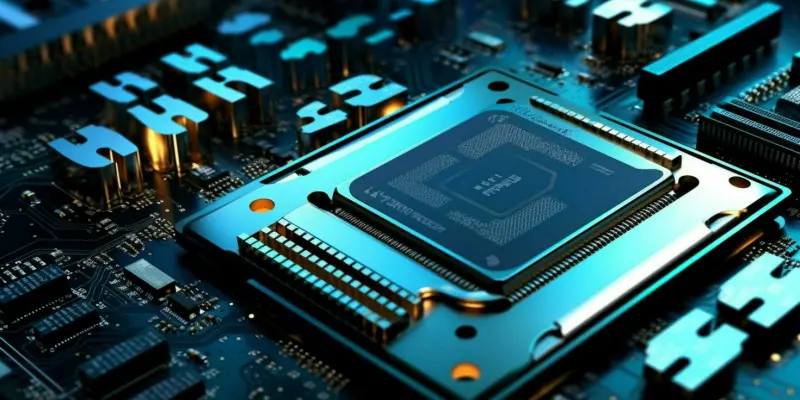Tech enthusiasts are intrigued by Intel’s move to delay the anticipated release of its Panther Lake laptop CPU lineup until early next year. These CPUs were initially set to enter the market by the end of the year but will now see a broader release primarily in the first quarter of 2026. Notably, a specific Panther Lake model is scheduled for an exceptional debut this quarter. This unit is poised to feature a significant configuration with four performance cores, eight efficiency cores, and four Xe3 Celestial GPU cores. All of this comes together while notably omitting low-power efficiency cores, a deviation from typical projections. This delay marks a critical juncture for Intel, especially as Panther Lake is set to build on the legacy of last year’s Lunar Lake while introducing novel technological advancements.
Panther Lake Specifications and Market Positioning
Panther Lake CPUs carry the weight of Intel’s advancements, particularly in their integration of the imminent 18A semiconductor node technology. This technology is touted for providing a 15% enhancement in performance per watt and offering a 30% boost in chip density. The wait for these CPUs might be frustrating for many, but the underlying advancements promise compensatory benefits. Risk production for this advanced 18A node commenced in April, drawing intriguing parallels to TSMC’s N2 node. Both Intel’s 18A and TSMC’s advancements share similarities, including the integration of gate-all-around (GAA) transistor technology. While the release delay stalls Panther Lake’s entry, it coincidentally aligns with TSMC’s closely scheduled progress, narrowing the competitive gap in semiconductor technologies significantly. Such advancements indicate Intel’s strategic direction, revealing both their environmental priorities and anticipation for upcoming market shifts.
Stalwart among these advancements is the debut of GAA transistors, heralding a new era not just for Panther Lake but also influencing Intel’s and TSMC’s broader strategic positions. The implications of this new integration ripple beyond mere performance statistics. The advent of the 18A node poses a formidable challenge to competitors, further setting the stage for robust exchanges within the industry. On a larger scale, these developments suggest Intel’s eagerness to maintain its competitive edge while demonstrating its commitment to refining its technological roadmap. Given Intel’s lofty ambitions, the Panther Lake delay might be a temporary setback, but it’s poised to yield long-term gains, both in market share and technological stature.
Future Implications and Strategic Direction
Intel’s Panther Lake CPUs are at the forefront of technological innovation, particularly through their integration of the upcoming 18A semiconductor node technology. This cutting-edge technology boasts a 15% improvement in performance per watt and enhances chip density by 30%. Despite the frustration caused by delays in their release, these advancements promise significant benefits once they arrive. Intel began risk production on this advanced 18A node in April, sparking comparisons to TSMC’s N2 node. Both companies incorporate gate-all-around (GAA) transistor technology, highlighting notable similarities in their approaches. The delay in Panther Lake’s debut coincides with TSMC’s progress, thus narrowing the competitive gap in the semiconductor field. The introduction of GAA transistors marks a pivotal moment not only for Panther Lake but also for Intel’s broader strategy, implying a shift in the technological landscape. While the delay might be a setback, Intel aims to strengthen its market share and technological prowess for lasting success.

